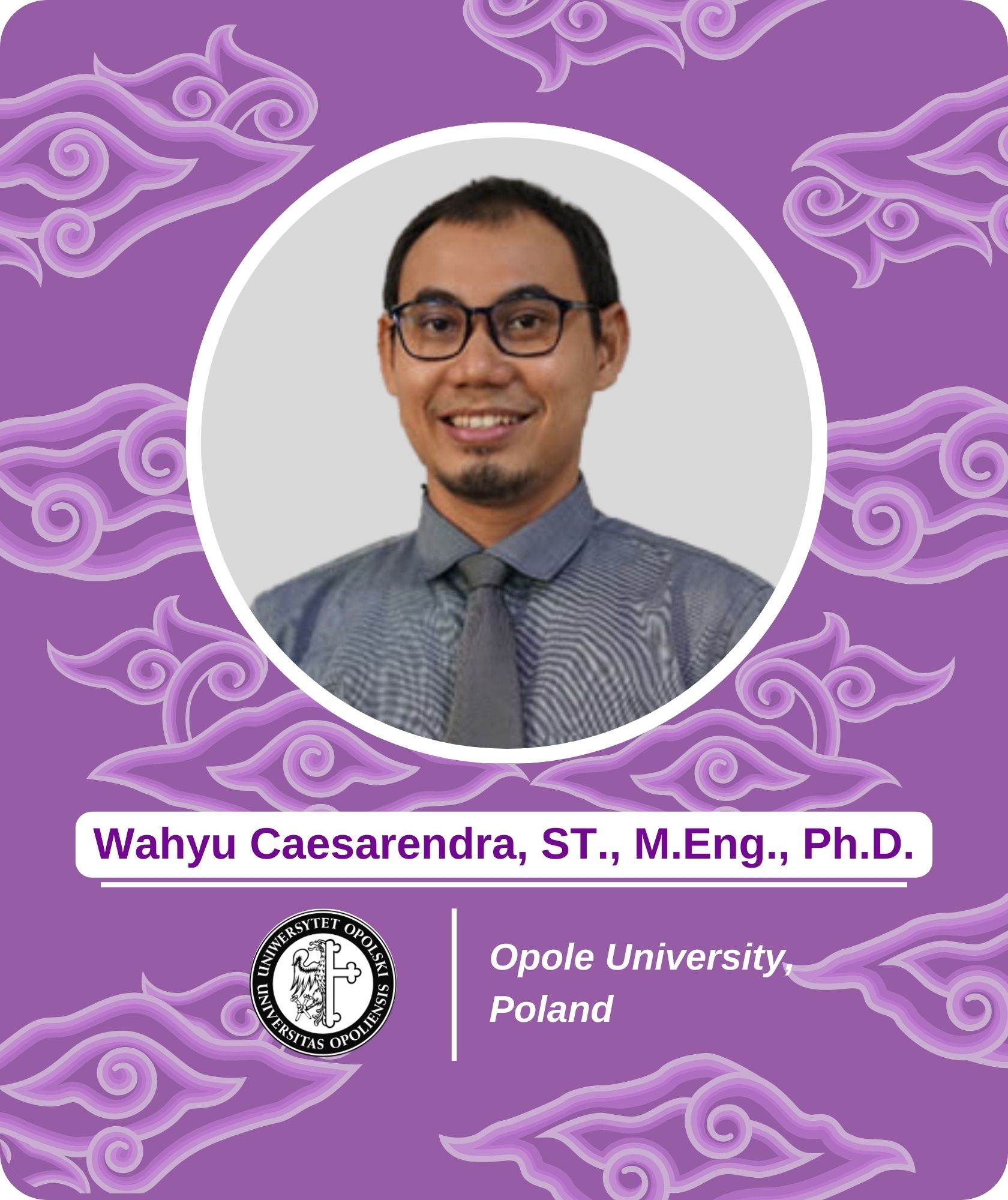Protected forest: economic benefit and sustainability analysis of conservation, production, and tourism area (Puntang, West Java)
This title will be presented on Friday, December 15, 2023 at 10.45-10.55 GMT+7
Keywords:
conservation, multidimensional scaling, share income, management strategy, RAPFISHAbstract
This title will be presented on Friday, December 15, 2023 at 10.45-10.55 GMT+7
Sustainable forest management is essential because the stress placed on forest ecosystems affects sustainability. Gunung Puntang Protected Forest (HLGP) is one of the protected forests with a variety of possible uses and potential dangers. This research aims to estimate economic benefits, analyze sustainability status, and develop an HLGP management strategy. This research estimates economic benefits using income analysis methods, analyzes sustainability status using RAPFISH, and develops a management strategy by taking leverage analysis into account. The results showed that although the HLGP has benefited the economy, particularly the labor force, the average labor salary is still less than the average per capita income in Campakamulya Village. The Javan gibbon conservation unit has the highest income share value, while the puntang coffee unit is the lowest. Income from the HLGP is able to cover their labor’s household expenses. The results of sustainability analysis show that the three units have a fairly sustainable status. The conservation of javan gibbons has the highest sustainability index value (73,34), whereas tourism has the lowest value (52,92). The ecological dimension has the highest sustainability index value with sustainable status (84,45), while the economic dimension is the lowest with less sustainable status (28,07). The HLGP management, particularly the economic dimension, has to increase cooperation on funding and investment, attractiveness, and unit productivity.




















